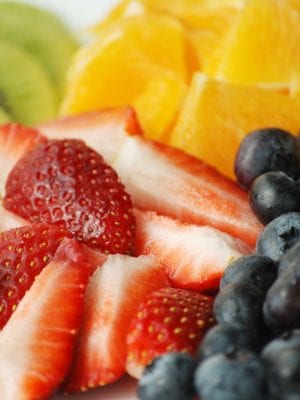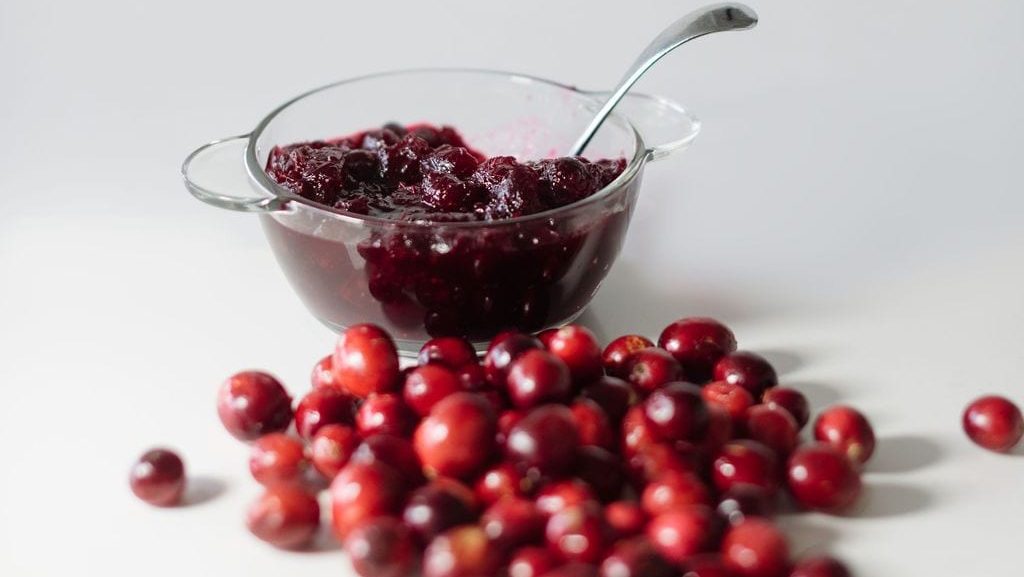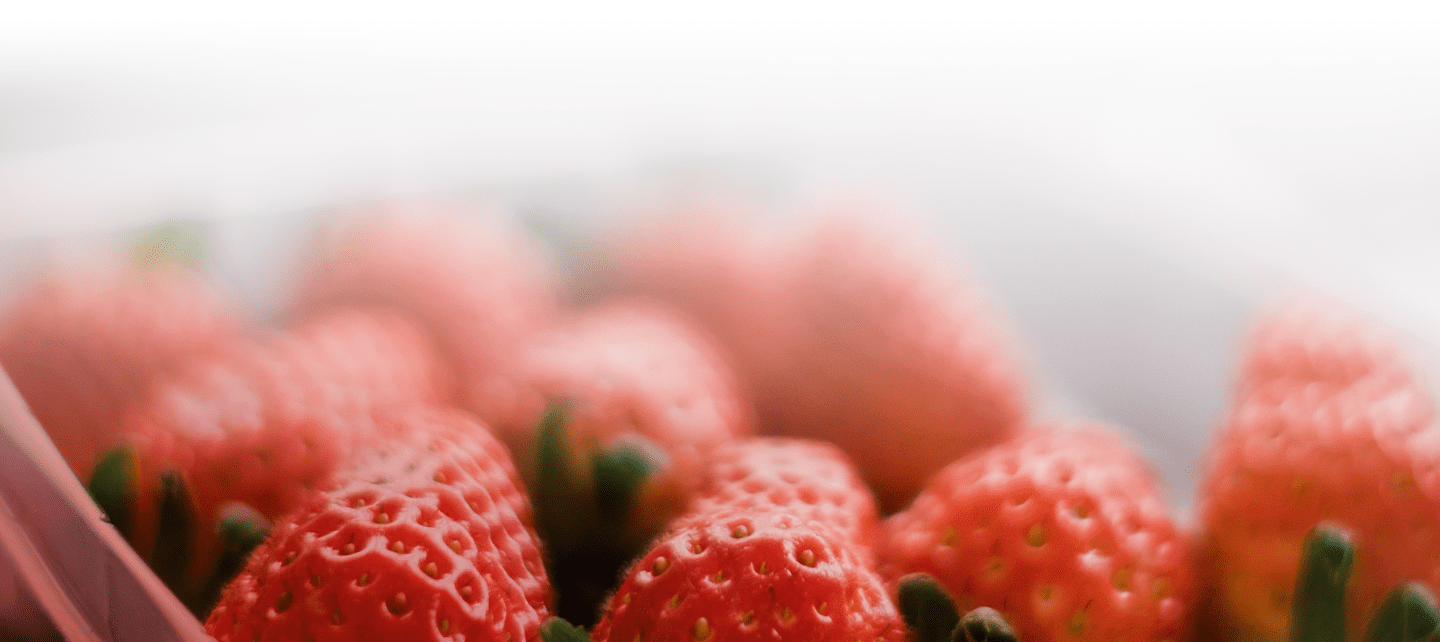
Flavonoids: The New Brain Food?
Category: Health Tips, Information, Berries
Maybe you’ve heard of them, maybe you haven’t. But one thing’s for sure: you might want to start considering boosting your intake of flavonoids.
What are they? Contrary to what you might humorously think (no, they’re not alien taste buds), flavonoids are phytonutrients – plant chemicals or bioactive compounds – found in nearly all fruits and vegetables as well as flaxseed, dark chocolate, red wine and tea.
While they’re responsible for providing those bright, vivid colours that make our fruits and vegetables so attractive and irresistible, turns out that flavonoids could play an even greater role when it comes to health benefits.
Flavonoids 101

Flavonoids belong to a class of phytonutrients called polyphenols, which have been used in both Ayurvedic and Traditional Chinese Medicine. They’re often associated with activities like brain function and blood pressure regulation in addition to their impressive antioxidant, anti-inflammatory and immune boosting properties.
Flavonoids are the largest group of phytonutrients with more than 6,000 types. Several sub-groups exist within the group itself, with each one represented based on factors such as specific properties and benefits.
The science of nutrition
We all know that a diet rich in fruits and vegetables is a healthy one. But what role do flavonoids play in this? Over the past few years, there has been increased focus on flavonoids and their potential long-term benefits on health and longevity.
Multiple studies have looked into the effects of flavonoids on weight management, cardiovascular disease, diabetes and neurodegenerative disease prevention. (Neurodegenerative diseases encompass debilitating dementia diseases like Alzheimer’s and Parkinson’s.)
Food for thought

A recent article published in the American Journal of Clinical Nutrition released the results of a Tufts University study that looked at long-term flavonoid intake and dementia risk.
Conducted over the course of two decades, flavonoid intake was measured every four years and the findings were significant. The study found that a high intake of three flavonoid types was associated with a lower risk of dementia:
- Flavonols – found in apples, pears, berries, onions, kale, broccoli and tea.
- Anthocyanins – found in berries, red grapes and red wine.
- Flavonoid polymers – found in tea, apples, cocoa, red grapes, berries and red wine.
And the winners are…

Among the “top flavonoid contributors”, the study identified blueberries and strawberries. On top of that, it noted that a high intake of the three flavonoid types would be equal to approximately seven and half cups of berries, eight apples and pears and ten cups of tea per month.
So while there is increasing evidence that eating foods rich in flavonoids could benefit cognitive function, the even better news is that it’s never been easier to access them. All you have to do is make sure to stock up on fruits and vegetables as part of your regular grocery shopping routine. And finding ways to get those flavonoid-rich berries into your family’s diet can be as simple as keeping a few simple smoothie recipes on hand for quick and easy preparation.
Looking for more inspiration to help get more fruit into your family’s diet? Check out our recipes section, packed full of quick and easy ideas that’ll help keep your family healthy.

